How Industrial Robots are Changing
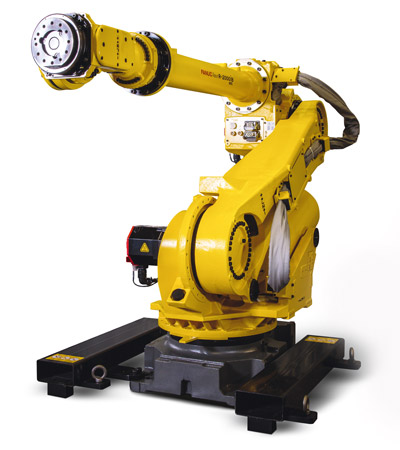
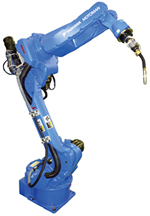
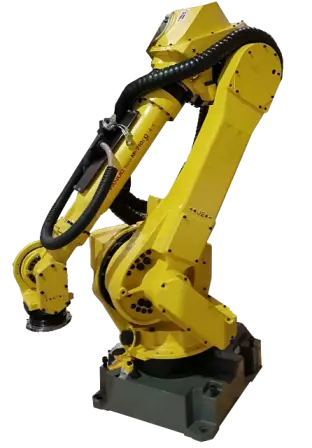
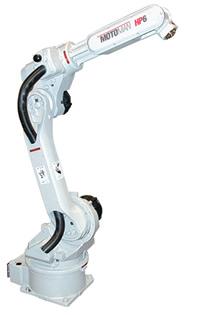
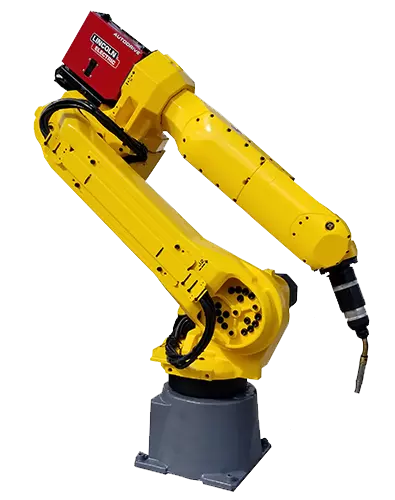
The history of the first industrial robots to be used in manufacturing dates back to the 1950s. Early industrial robots were rigid machines capable of automating simple, highly repetitive applications. These robots were mainly used by the automotive industry.
Fast forward to today and industrial robots have changed considerably from those used in the beginning of robotic automation. They are more flexible, versatile, intelligent, and smaller. Their use has expanded to numerous industries and they can automate most production related tasks in manufacturing.
Smaller Robots
The original robots were large, bulky machines that consumed a great amount of floorspace. Their size limited them to being used by only large manufacturers. Fortunately, robotic manufacturers realized the need for small industrial robots, and this has become one of the biggest trends in robotics. The FANUC Lr Mate 200ic along with other small industrial robots expanded robotic automation to processes that could not be automated by large robots. These include confined work areas and those involving light or small parts. In addition, small robots can be more affordable making robotic automation possible on any budget.Manufacturers have also reduced the footprint of larger robots to make them more compact. Reducing robot footprints makes robotic automation more accessible as not every company has tons of space to spare for an articulated robot. For instance, the FANUC R-2000ic from FANUC’s R-2000 series features a footprint that has been reduced by 23% from its predecessors without sacrificing on payload. More compact footprints enhance the reliability of robot operation as there is less risk of interference from peripherals.
More Intelligent
The original industrial robots were limited to automating repetitive and simple processes. This was because they lacked the technology to handle any variables. Today developments in robotic technology such as force sensors, vision systems, and advanced programming software has allowed for more intelligent robots. Industrial robots have more autonomy thanks to the addition of sensors and visions that provide them the senses of touch and sight. Robots can distinguish different parts, find specific locations, and determine differences in force. This has expanded their scope into a wider variety of applications with varying degrees of complexity.Collaborative
The development of cobots has allowed for humans and robots to work collaboratively on projects. Collaborative robots are the first to allow for barrier-free operation with their enhanced safety features. The Universal UR5 can assist workers with tasks or take over repetitive work while workers focus on more critical aspects of a project. Collaborative robots have allowed for the automation of small batch/high mix operations with their ease of use and ability to work directly with humans. Cobots have expanded robotic automation to operations that were previously not suitable for traditional industrial robots.Higher DOF Robots
The first known industrial robot consisted of five axes. Later on, the six-axis robot was developed, and this would remain the standard. Now manufacturers are developing higher DOF robots, those with seven axes or more. Higher DOF robots feature an enhanced range of motion allowing them to easily maneuver around parts and in some cases eliminate extra equipment. The Motoman VA1400 is a seven-axis robot. High-DOF robots can also consist of dual arms or RTUs.Robots Done Right is the place to start when it comes to used robots. Contact us if you are interested in buying or selling a used robot.